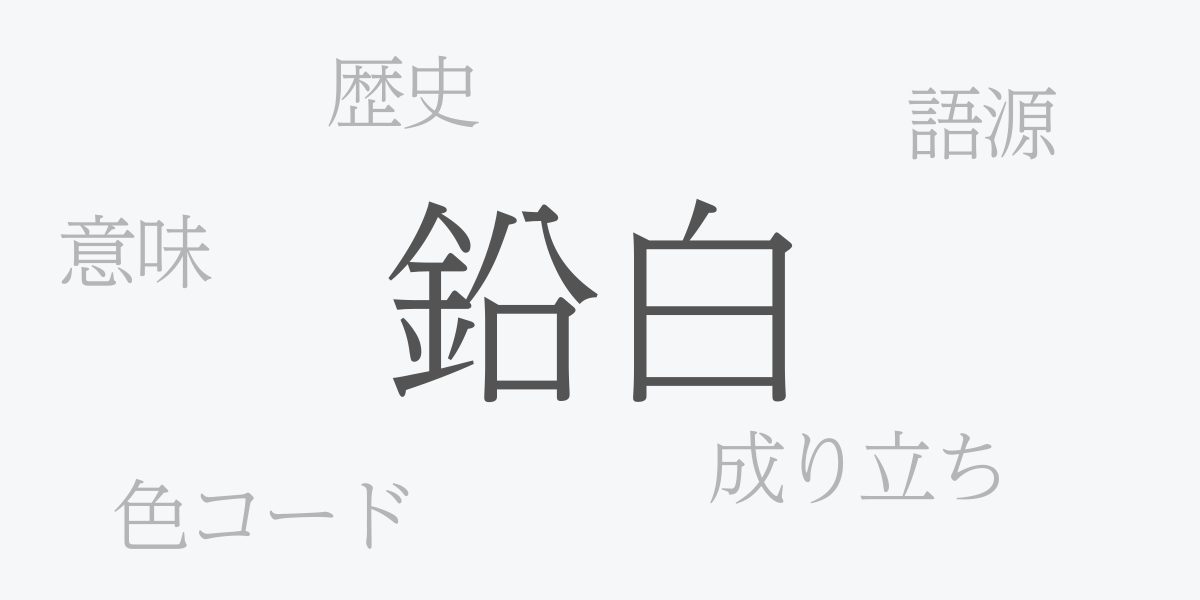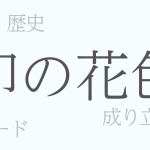Japanese traditional colors, known for their delicate beauty and rich historical significance, captivate audiences worldwide. Among these, “Enpaku (鉛白 – えんぱく)” holds a special place in Japan’s history and culture. This article explores the deep allure of Enpaku, examining its significance, history, and its role in modern times.
About Enpaku (鉛白 – えんぱく)
Enpaku is one of Japan’s traditional colors, featuring an elegant white hue. Named after the lead ore used in its creation, Enpaku has been employed in materials such as washi (Japanese paper) and silk, and is a staple in traditional Japanese arts like Nihonga painting and dyeing. Its pure whiteness and unique texture have made it a symbol of Japanese aesthetic values, cherished throughout the ages.
The History of Enpaku
The use of Enpaku can be traced back to the Nara period. During the Heian period, it was used as a cosmetic by nobility, symbolizing beauty. In the Muromachi period, it was employed in ink wash painting as white ink, and by the Edo period, it became more widespread with the rise of ukiyo-e art. Throughout Japanese history, Enpaku has played a crucial role in both the arts and daily life.
Color Codes for Enpaku
To reproduce the shade of Enpaku in digital design, specific color codes are required. Below are the main color codes for representing Enpaku:
- HEX: #F6F7F8
- RGB: R:246 G:247 B:248
- CMYK: C:2 M:1 Y:0 K:4
Western Name for Enpaku
The Western name for Enpaku is “Lead White.” This name originates from its primary component, lead, which has been used as a white pigment in Western painting for centuries. In the West, this color is prized for its high opacity and coverage, holding a significant place in art history.
Summary of Enpaku
Enpaku, with its soft and warm white tone, has a long-standing history as one of Japan’s traditional colors. Used in everything from artwork to everyday items, this color offers a key to deeper understanding of Japanese culture. Even in the digital age, through its color codes, the beauty of Enpaku can be shared globally, allowing us to engage more profoundly with Japanese traditions.

























